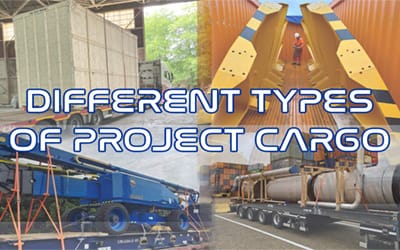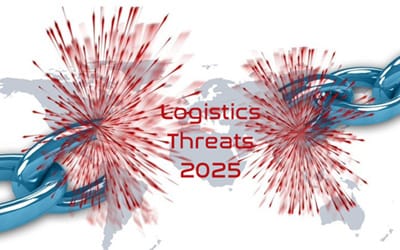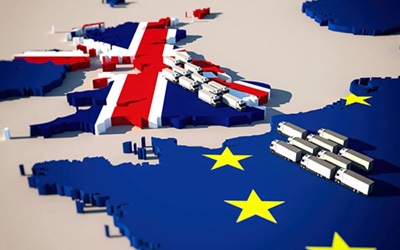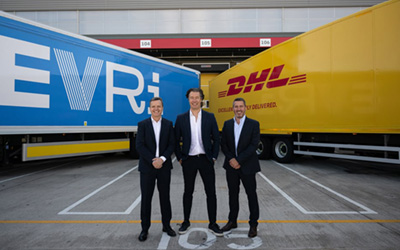Navigating your way through American Customs USA
Introduction
Navigating customs clearance in America can be challenging, especially for businesses and individuals unfamiliar with the process. The U.S. Customs and Border Protection (CBP) enforces strict regulations to ensure smooth trade while preventing illegal goods from entering the country.
This guide provides a comprehensive overview of customs clearance in the United States, covering essential processes, required documents, fees, and expert tips to facilitate seamless shipping.
Understanding Customs Clearance in the USA
Customs clearance is the process of getting goods approved for entry into the United States. It involves the submission of documents, payment of duties, and compliance with federal laws to avoid delays or penalties.
Key Steps in the U.S. Customs Clearance Process 
Pre-Shipment Preparation
Classify goods under the Harmonised Tariff Schedule (HTSUS)
Determine duty rates and applicable taxes
Ensure compliance with U.S. import restrictions and regulations
Entry Submission to CBP ( Customs and Boarder Protection)
Importers or their customs brokers submit an Importer Security Filing (ISF) for ocean shipments
File a customs entry with the CBP (using CBP Form 3461 for immediate release)
Customs Inspection and Compliance Verification
CBP may inspect shipments to verify compliance
Certain goods require additional review from agencies such as the FDA, USDA, or EPA
Payment of Duties and Taxes
Import duties are based on product classification and country of origin
Importers receive a CBP Form 7501 (Entry Summary) detailing assessed duties and taxes
Cargo Release and Final Delivery
Once cleared, goods are released for transportation to their final destination
Documents Required for Customs Clearance
To avoid delays, ensure all required documentation is accurate and submitted on time:
Bill of Lading (BOL) – Proof of shipment
Commercial Invoice – Details the transaction between buyer and seller
Packing List – Lists the contents of the shipment
Customs Bond – Required for shipments exceeding $2,500 in value
Import License (if applicable) – Necessary for restricted goods
Certificate of Origin – Verifies where goods are manufactured
Customs Duties and Fees
 How Are Import Duties Calculated?
How Are Import Duties Calculated?
Duties depend on:
Classification under the Harmonized Tariff Schedule (HTSUS)
Country of Origin (free trade agreements may lower or eliminate duties)
Declared Value of Goods
Additional Customs Fees
Merchandise Processing Fee (MPF): 0.3464% of the shipment value (minimum $27.75, maximum $538.40)
Harbor Maintenance Fee (HMF): 0.125% of cargo value for goods arriving by sea
Customs Broker Fees: Varies based on the service provider
Common Customs Delays and How to Avoid Them
Reasons for Delays
Incomplete or inaccurate documentation
Misclassification of goods
Unpaid duties or taxes
Restricted or prohibited items in the shipment
Tips to Avoid Delays
✅ Work with a licensed customs broker to ensure compliance
✅ Double-check documents before submission
✅ Use the CBP Automated Commercial Environment (ACE) system for electronic processing
✅ Track shipments and be prepared to respond to CBP inquiries promptly
Role of a Customs Broker
Customs brokers assist importers by handling:
Classification of goods
Filing entries and declarations
Ensuring compliance with CBP regulations
Paying duties and taxes on behalf of importers
Resolving any customs clearance issues
Conclusion
Successfully clearing customs in America requires a thorough understanding of CBP regulations, accurate documentation, and timely payment of duties. Whether you’re a business importing goods regularly or an individual shipping items to the U.S., following these best practices will help you avoid unnecessary delays and extra costs.
If needed, partnering with a licensed customs broker can streamline the process and ensure compliance.
For expert assistance with customs clearance, reach out to a trusted logistics partner who understands the complexities of U.S. import regulations like SARR logistics UK
FAQ
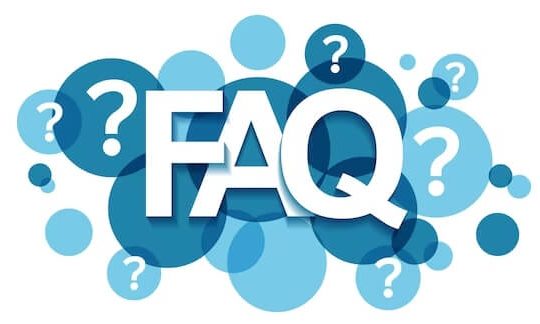 Q: How long does customs clearance take in the USA?
Q: How long does customs clearance take in the USA?
A: Customs clearance typically takes 24-48 hours, but inspections or missing documentation can cause delays.
Q: Can I clear customs myself, or do I need a broker?
A: Importers can self-file customs entries, but hiring a licensed customs broker is recommended for efficiency and compliance.
Q: What happens if my shipment is held by customs?
A: CBP may hold shipments for additional inspection. Importers will receive a notice and may need to provide additional documents or pay duties.
Q: Are there any goods prohibited from entering the USA?
A: Yes, CBP prohibits the import of certain items like counterfeit goods, hazardous materials, and illegal drugs. Check the CBP website for the latest list of restricted and prohibited items.
Q: What is an Importer Security Filing (ISF)?
A: ISF, also known as “10+2,” is a mandatory filing for ocean shipments, providing CBP with advance shipment details to improve security.
For more updates on customs regulations, take a look at our customs page or for expert guidance on international shipping contact us to talk to an expert!
SARR Logistics UK
With a legacy built on trust, backed by extensive experience, a global network, and a customer centric approach, SARR Logistics UK emerges as the ultimate partner for all your supply chain mapping needs. We are in touch with the latest cloud based systems to keep us well informed of all the latest HS and HTS codes.
If you would like to know more reach out to us today and experience a seamless, efficient, and dependable shipping solution tailored to elevate your business. For further inquiries and to explore how SARR Logistics UK can help you save money contact our team. We are always happy to help.![]()


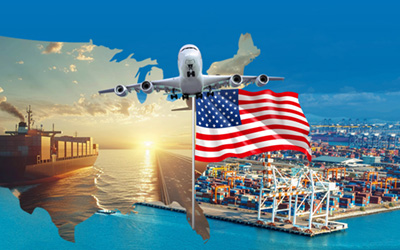
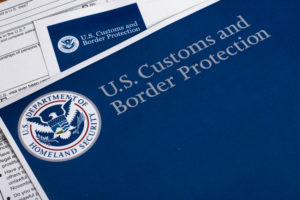
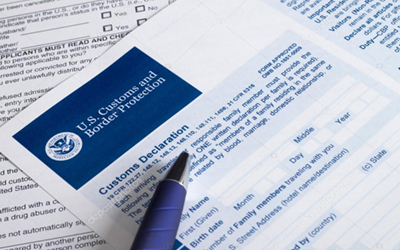 How Are Import Duties Calculated?
How Are Import Duties Calculated?
